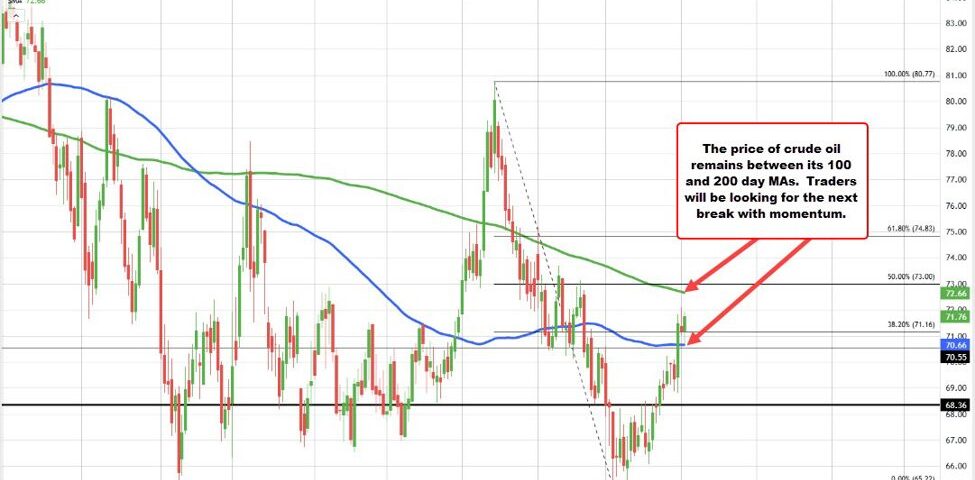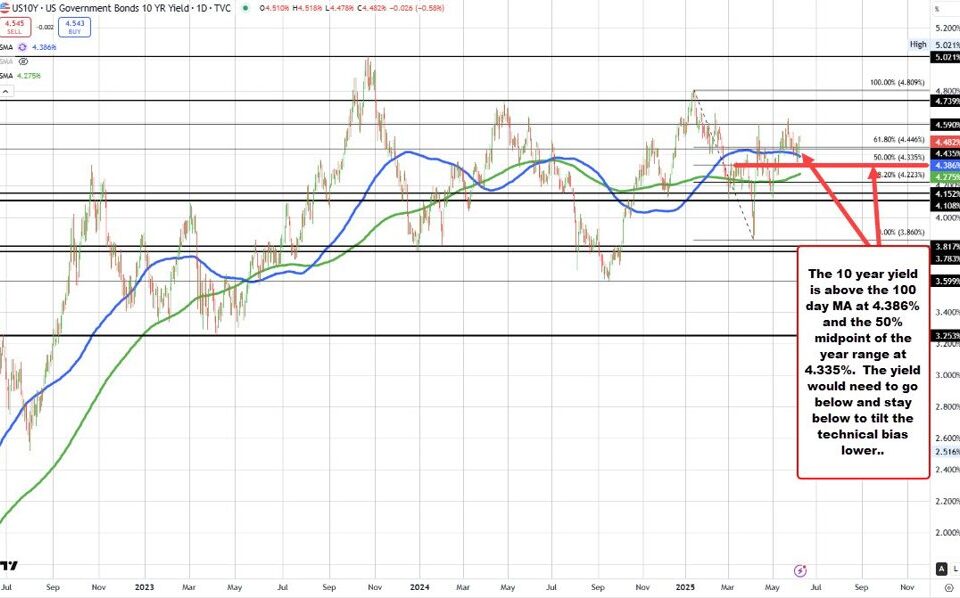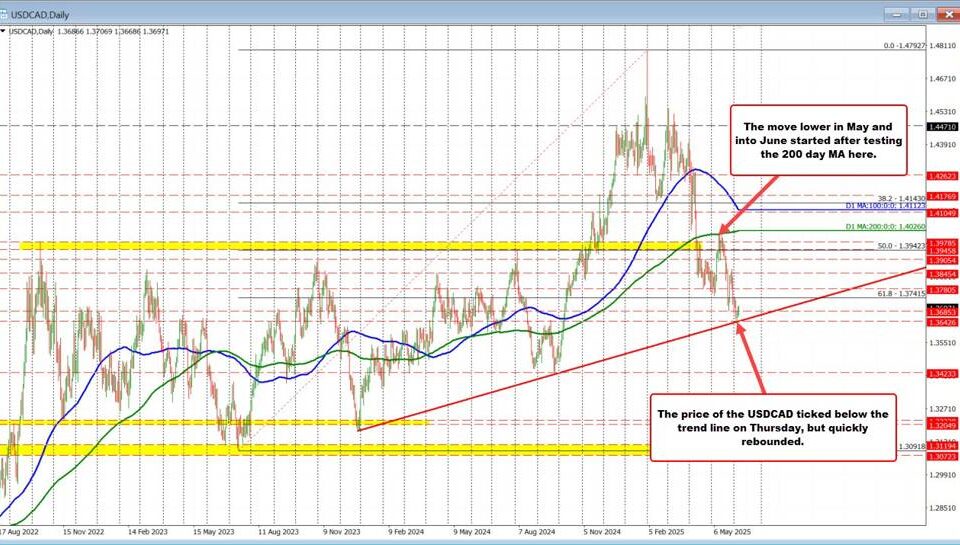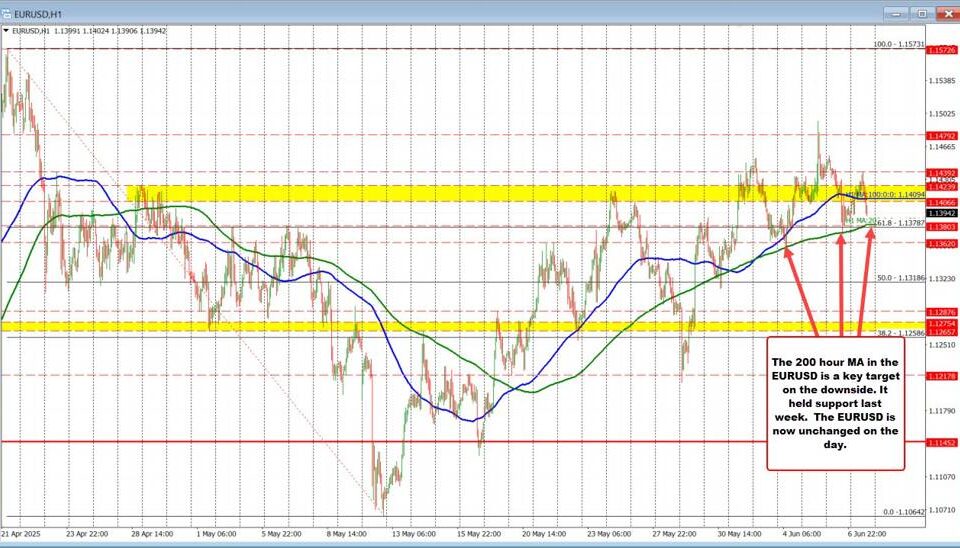
FAA Privacy Rule: A New Era for Private Jet Owners
Tháng 4 2, 2025
Newsmax Stock Soars and Plummets: What Investors Need to Know Post-IPO
Tháng 4 2, 2025Insights on Current Crude Oil Market Trends as of April 2025
As of April 2, 2025, the crude oil market has displayed a mix of stability and fluctuation, with significant implications for traders and consumers alike. The price of West Texas Intermediate (WTI) crude oil recently settled at $71.71 per barrel, up from $71.07 earlier that day, indicating a resurgence in market confidence. This slight price increase reflects ongoing dynamics within the energy sector that investors are keenly watching.
Price Trends of Crude Oil
WTI crude oil typically serves as a benchmark for U.S. oil prices, and its recent performance is complemented by the pricing of Brent crude oil, which is a globally recognized standard. As of the same date, Brent crude futures are trading around $74.47 per barrel for June 2025 delivery, maintaining a slight dip from $74.74 one day prior. This divergence between WTI and Brent crude prices is not unusual but highlights the varying factors influencing the North American and global oil markets.
Key Market Influencers Impacting Oil Prices
Several critical elements are shaping the current landscape of crude oil pricing:
-
OPEC+ Production Decisions: The Organization of the Petroleum Exporting Countries (OPEC) and its allies, collectively known as OPEC+, are contemplating the unwinding of voluntary production cuts. These adjustments could potentially boost the global oil supply by an estimated 2.2 million barrels per day by September 2026. The anticipated increase in production levels may exert downward pressure on prices, especially if global demand does not keep pace with supply enhancements.
-
U.S. Tariffs and Global Trade: As the United States introduces new tariffs, this could have profound implications for global trade and, consequently, oil demand. Fluctuations in trade policies can create volatile market conditions, affecting everything from production costs to shipping expenses, with potential ripple effects throughout the oil supply chain.
-
Shifts in Inventory Levels: Recent reports indicate a notable rise in U.S. crude oil inventories. An increasing inventory typically suggests that supply is outpacing demand, a situation that often exerts downward pressure on futures prices. Monitoring inventory levels is crucial for traders, as these figures directly inform supply-demand dynamics.
For more insights into the decisions that investors need to make in such unpredictable markets, you can refer to our exploration of key investment mistakes to avoid in 2023.
Technical Analysis and Market Outlook
From a technical perspective, WTI crude is hovering near its 20-period Simple Moving Average (SMA), indicating a period of consolidation within the market. The price remains above the 50-period SMA, which typically signals a bullish trend; however, traders should proceed cautiously as external factors might influence future movements. Meanwhile, Brent crude appears to be on a short-term bullish trajectory, with forecasts suggesting potential stability and growth above $77.75 in the coming weeks.
In conclusion, as the crude oil market navigates these varied influences, traders and stakeholders must remain vigilant. The balance between supply adjustments from OPEC+, the ramifications of U.S. tariffs on global demand, and inventory fluctuations will play pivotal roles in shaping future price movements. With current prices standing at $71.71 for WTI and $74.47 for Brent, the market is poised for further developments that could impact both short-term and long-term energy strategies. For a more detailed analysis on market behaviors and investment strategies relevant to these trends, consider exploring the insights from 3 reasons Greenblatt says value investing beats the market.




